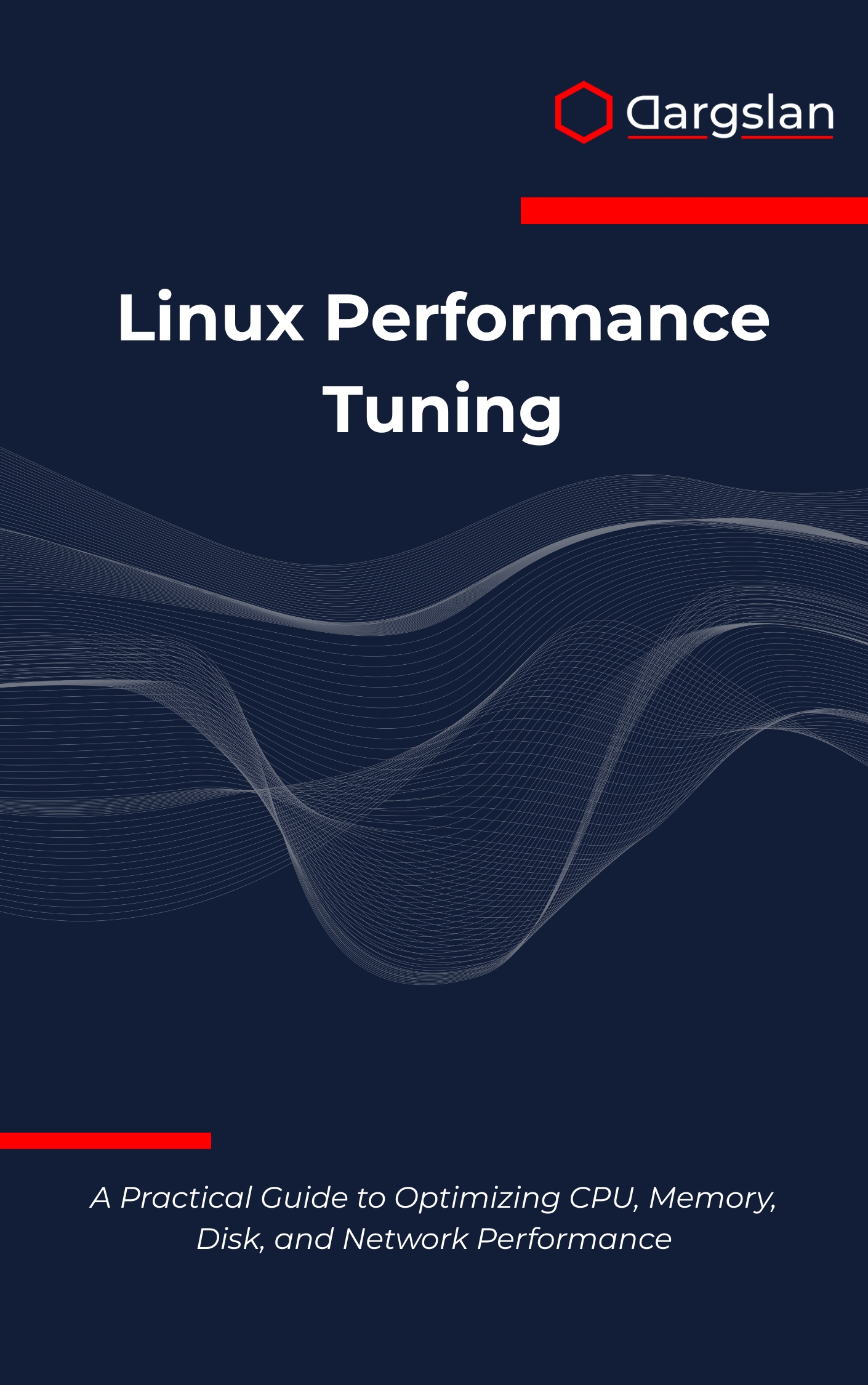Linux Performance Tuning
Linux Performance Tuning,Optimize Linux performance by fine-tuning CPU, memory, and network parameters.

When your applications need to run faster, scale further, and stay stable under pressure, you can’t rely on guesswork—you need a proven methodology. This expert-crafted guide shows you how to measure what matters, pinpoint bottlenecks, and apply safe, effective changes that move the needle. From single-node servers to sprawling clusters, you’ll learn to turn performance tuning into a repeatable, data-driven practice.
A Practical Guide to Optimizing CPU, Memory, Disk, and Network Performance
Overview
This hands-on IT book is both a programming guide and a technical book for engineers who want to master Linux Performance Tuning. It serves as A Practical Guide to Optimizing CPU, Memory, Disk, and Network Performance across modern Linux environments, blending step-by-step methods with production-ready tips you can trust. You’ll see how to translate metrics into action for Linux, accelerating delivery while improving reliability.
Expect deep, practical coverage of CPU performance monitoring and optimization, Memory management and tuning, Disk I/O optimization techniques, Network performance tuning, Filesystem optimization strategies, Kernel parameter tuning with sysctl, System service optimization, Web server performance tuning, and Database optimization on Linux. You’ll also learn Performance monitoring automation, Benchmarking methodologies, and Load testing frameworks that reveal the real limits of your stack.
Beyond the fundamentals, the book details Storage subsystem optimization, Network stack tuning, Process and thread optimization, Cache optimization techniques, Swap configuration and tuning, I/O scheduler optimization, TCP/IP stack tuning, and Performance troubleshooting methodologies—so you can analyze, tune, and validate improvements with confidence.
Who This Book Is For
- Systems administrators and SREs who need to diagnose bottlenecks fast and apply repeatable fixes that hold up in production. You’ll gain a practical workflow for metrics, baselines, and surgical tuning across CPU, memory, disk, and network.
- DevOps and platform engineers seeking measurable performance gains and lower latency across services. Learn how to combine observability with automation to standardize tuning, reduce toil, and improve capacity planning.
- Developers and data engineers who want to ship faster, more resilient apps. Level up your ability to profile workloads, choose the right configurations, and validate wins with rigorous benchmarks.
Key Lessons and Takeaways
- Build a reliable performance workflow—observe, measure, hypothesize, change, and verify—so every tweak is backed by evidence. Use the right tools at the right time to move from symptom to root cause quickly.
- Tune the full stack with confidence: optimize process and thread placement, dial in memory and cache behavior, improve I/O scheduling and storage paths, and refine the network stack for real-world traffic patterns.
- Automate monitoring and benchmarking to catch regressions early. Integrate tests into CI/CD and use load testing frameworks to validate changes before they hit production.
Why You’ll Love This Book
It’s straightforward, pragmatic, and relentlessly focused on outcomes. You get clear explanations, step-by-step guidance, and proven configurations that have been battle-tested at scale. Real examples, safety-first checklists, and troubleshooting playbooks help you implement improvements without disruption—so you can deliver consistent, measurable gains.
How to Get the Most Out of It
- Start with the monitoring and diagnosis chapters to establish baselines, then progress through CPU, memory, disk, and network tuning. Tackle the specialized sections for web servers, databases, and system services as your use cases demand.
- Apply changes incrementally and document every step. Use canary hosts or staging environments, track before-and-after metrics, and keep your sysctl and service configs in version control for easy rollback.
- Reinforce learning with mini-projects: run a benchmark to compare I/O scheduler optimization, experiment with cache optimization techniques on a real workload, or test TCP/IP stack tuning under synthetic latency. Summarize results and convert them into reusable runbooks.
Get Your Copy
Turn performance tuning into a competitive advantage—speed up your systems, stabilize your services, and scale with confidence.




